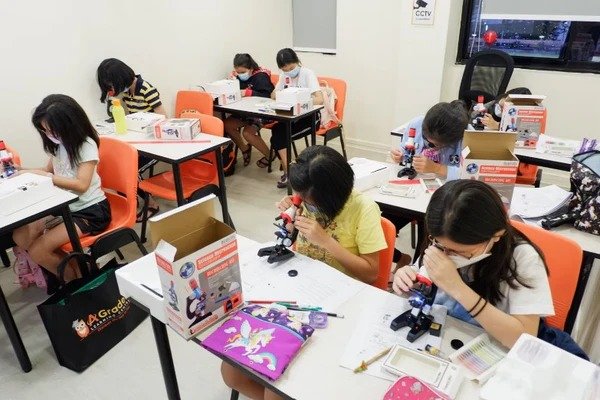How Play Therapy and CBT Work Together to Help Children Manage Emotions
Children often struggle to put their thoughts and feelings into words, especially when dealing with strong emotions like fear, anger, or sadness. Traditional talk therapy—while effective for adults—can sometimes feel intimidating or confusing for young clients.
That’s where play therapy comes in, offering children a safe and natural way to express themselves. When combined with Cognitive Behavioral Therapy (CBT), this approach becomes even more powerful, helping children not only release emotions but also develop practical skills to manage them.
What Is Play Therapy?
Play therapy uses toys, games, art, and imaginative play to help children express what they are feeling. It gives therapists insight into a child’s inner world, revealing emotions that may be too difficult to communicate verbally. For example, a child who has trouble talking about anxiety might act it out with figurines or draw a picture that reflects their fears.
The goal is to make therapy accessible and child-friendly. Instead of sitting through long conversations, children engage in play activities that feel safe and enjoyable while still providing therapeutic value.
What Is CBT?
Cognitive Behavioral Therapy (CBT) is a structured, evidence-based approach that focuses on how thoughts, feelings, and behaviors are connected. For children, CBT teaches them to:
- Identify negative or unhelpful thoughts.
- Understand how those thoughts influence feelings and behaviors.
- Replace them with healthier, more realistic perspectives.
For example, a child who constantly thinks, “I’m bad at school” may feel discouraged and refuse to try. CBT helps them reframe that thought into something more balanced, like “I struggle with reading, but I can improve with practice.”
Why Combine Play Therapy and CBT?
Individually, both play therapy and CBT are effective approaches. But when combined, they create a unique synergy. Play therapy Vancouver provides the emotional expression and comfort children need, while CBT gives them the skills to challenge and change negative thought patterns.
This blend works well because:
- Children Learn Best Through Play – Play allows children to absorb CBT principles in a natural, engaging way. For instance, a therapist might use a board game to teach coping strategies for anxiety.
- Play Reduces Resistance – Some children may be reluctant to discuss their struggles directly. Using toys, role-play, or art makes it easier to explore difficult topics without overwhelming them.
- It Builds Emotional Awareness – Through play, children identify their emotions, and CBT techniques then guide them in managing those emotions more effectively.
Practical Examples of Integration
- Role-Playing with Puppets: A therapist may use puppets to act out a scenario where one character feels angry. The child can suggest solutions, and the therapist introduces CBT strategies like deep breathing or positive self-talk.
- Feelings Games: Using flashcards or emotion wheels, children can point to how they feel and then discuss what thoughts triggered that emotion, a core CBT skill.
- Art Activities: Drawing a “thought bubble” over a character allows children to visualize their own negative thoughts, which can then be challenged and reframed.
- Storytelling: Children may create stories where the main character overcomes a problem. The therapist weaves in CBT skills, showing how changing thoughts can change the story’s outcome.
How Counsellors Play a Role
Counsellors trained in both play therapy and CBT act as guides, creating a safe space for children to explore emotions while teaching them coping skills. Their role includes:
- Building Trust: Using play as a bridge helps children feel comfortable opening up.
- Teaching Emotional Regulation: Counsellors in North Shore CBT Centre introduce CBT strategies like relaxation techniques or positive affirmations during play sessions.
- Encouraging Problem-Solving: By combining imaginative play with CBT exercises, counsellors help children learn practical ways to manage everyday challenges.
- Supporting Parents: Counsellors often involve parents, teaching them how to reinforce these skills at home.
Benefits for Children
When play therapy and CBT are integrated, children often experience:
- Better emotional awareness and communication.
- Reduced anxiety, depression, or behavioral issues.
- Improved coping skills for stress and frustration.
- Stronger self-esteem and resilience.
- A greater sense of control over their emotions and actions.
Conclusion
Children may not have the vocabulary or maturity to express complex emotions, but they do have the universal language of play. By combining play therapy with the structured problem-solving of CBT, counsellors give children the tools they need to not only express but also manage their emotions.
This integrated approach helps children move beyond simply acting out their feelings—they learn to understand their thoughts, regulate their responses, and develop healthier coping mechanisms. In turn, they build the emotional resilience needed to thrive both at home and in school.






